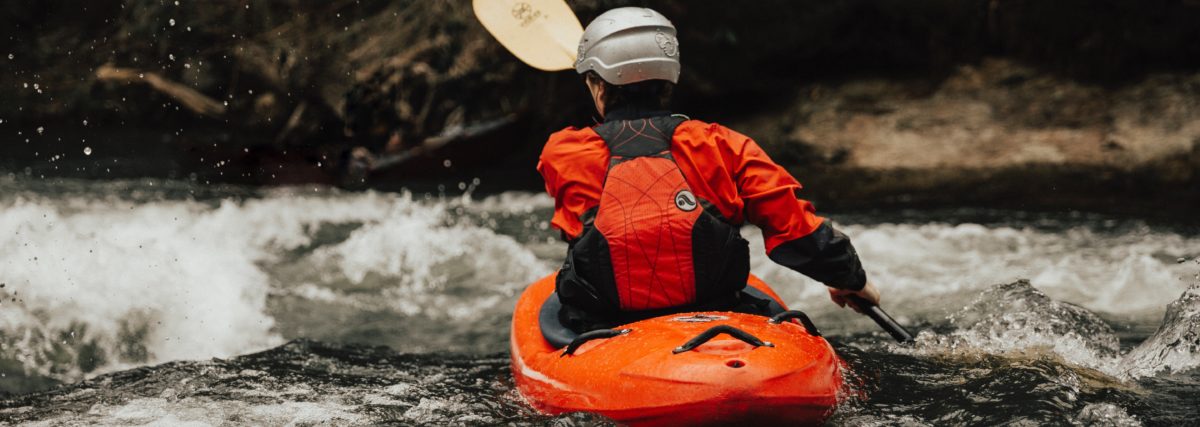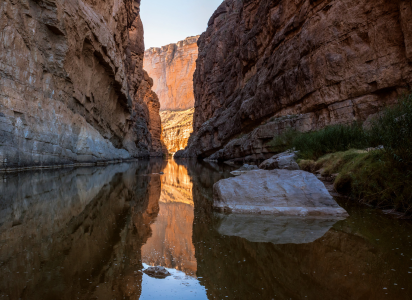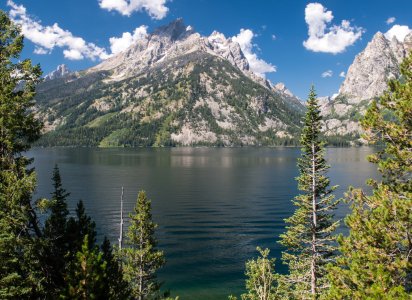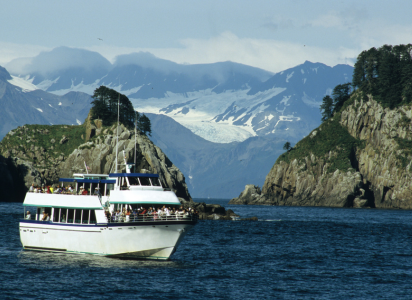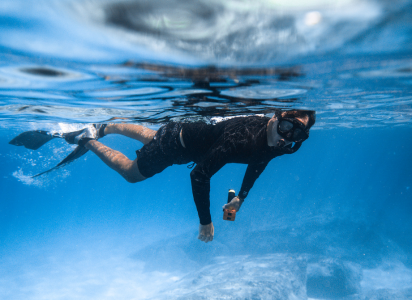Kayaking is a popular activity for visitors to national parks, as it allows for a unique perspective on the natural beauty of the area. Kayaking is an exciting and adventurous way to explore the natural beauty of national parks. From calm and scenic rivers to rough and tumbling rapids, there are countless opportunities for kayaking enthusiasts to experience the great outdoors in a new and exciting way.
Whether you’re an experienced kayaker or just starting out, there is a national park out there that offers the perfect kayaking adventure. So, grab your paddle and head out to one of these amazing destinations for an unforgettable experience on the water.
Here are some of the best national parks for kayaking:
1. Glacier Bay National Park, Alaska
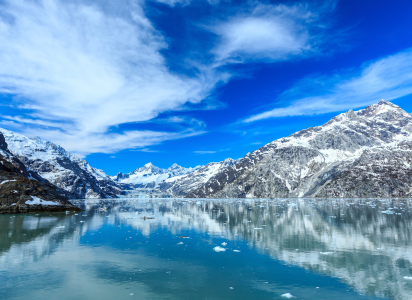
Glacier Bay National Park is a stunning wilderness area located in southeastern Alaska. The park is known for its incredible glaciers, fjords, and rugged coastline, as well as its diverse marine life. The park covers over 3.3 million acres, including 1,000 miles of coastline, and is home to some of the most breathtaking scenery in the world.
This park is known for its glaciers, fjords, and abundant marine life. Kayakers can paddle through narrow waterways and see whales, seals, sea otters, and more.
One of the best ways to explore Glacier Bay National Park is by kayak. Visitors can paddle through narrow waterways and fjords, getting up close and personal with the park’s stunning glaciers and icebergs. The park’s abundant marine life is also a highlight of kayaking in Glacier Bay, with opportunities to spot whales, seals, sea otters, and other wildlife.
In addition to kayaking, Glacier Bay National Park offers a variety of other activities for visitors to enjoy. Hiking trails wind through the park’s stunning landscape, offering opportunities to spot wildlife and take in the park’s scenic beauty. Visitors can also take a boat tour to explore the park’s glaciers and coastline or go fishing in one of the park’s many streams and rivers.
2. Everglades National Park, Florida

The Everglades is a vast wetland ecosystem that is best explored by kayak. Visitors can paddle through mangrove forests, freshwater marshes, and cypress swamps while spotting alligators, manatees, and birds.
Everglades National Park is a unique and diverse ecosystem located in southern Florida. The park covers over 1.5 million acres and is home to a variety of habitats, including freshwater marshes, mangrove forests, cypress swamps, and sawgrass prairies. The park is known for its abundant wildlife, including alligators, manatees, and a variety of bird species.
One of the best ways to explore Everglades National Park is by kayak. Visitors can paddle through the park’s waterways, getting up close and personal with the park’s diverse flora and fauna. Kayaking allows visitors to access areas of the park that are not accessible by foot and provides a unique perspective on the park’s natural beauty.
There are several popular kayak routes in Everglades National Park. The Hell’s Bay Canoe Trail is a popular route that takes visitors through mangrove forests and freshwater marshes, while the Wilderness Waterway is a 99-mile route that takes visitors through some of the most remote and scenic areas of the park.
In addition to kayaking, Everglades National Park offers a variety of other activities for visitors to enjoy. Hiking trails wind through the park’s diverse landscapes, offering opportunities to spot wildlife and take in the park’s scenic beauty. Visitors can also take a guided boat tour to explore the park’s waterways and see some of its more remote areas.
3. Yellowstone National Park, Wyoming
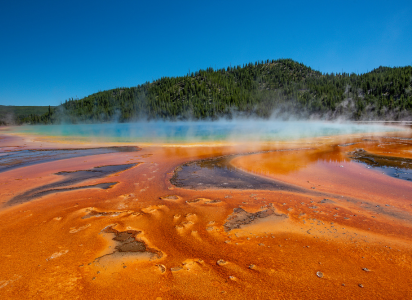
Yellowstone is home to some of the most beautiful lakes in the country, including Yellowstone Lake and Jackson Lake. Kayakers can explore the crystal-clear waters and see the park’s famous geysers and wildlife.
Yellowstone National Park is a vast wilderness area located primarily in Wyoming, but also extending into Montana and Idaho. The park is famous for its stunning landscapes, including towering mountains, deep canyons, and vast grasslands, as well as its abundance of wildlife and geothermal features.
Yellowstone is also home to several beautiful lakes, including Yellowstone Lake and Jackson Lake, which offer excellent opportunities for kayaking. Paddlers can explore the crystal-clear waters of these lakes, surrounded by towering mountains and stunning scenery. Along the way, they may even spot some of the park’s famous geysers, such as Old Faithful, or its abundant wildlife, including bison, elk, and bears.
One of the most popular kayaking destinations in Yellowstone is Yellowstone Lake, which is the largest body of water in the park. Kayakers can paddle along the lake’s scenic shoreline, taking in views of the surrounding mountains and forests. They can also explore the lake’s many islands, which offer secluded coves and beaches for picnicking or camping.
4. Channel Islands National Park, California
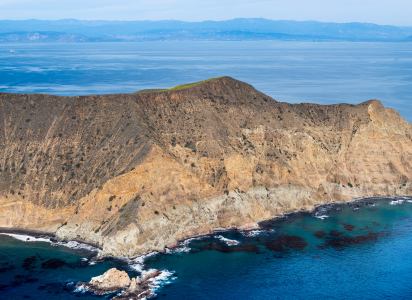
This park is made up of five islands off the coast of California. Kayakers can paddle through sea caves, kelp forests, and see a variety of marine life, including sea lions, dolphins, and whales.
Channel Islands National Park is a unique and stunning wilderness area located off the coast of Southern California. The park is comprised of five rugged and remote islands: Anacapa, Santa Cruz, Santa Rosa, San Miguel, and Santa Barbara. The islands offer a unique combination of diverse landscapes and marine ecosystems that make them an ideal destination for kayaking and other outdoor activities.
One of the best ways to explore Channel Islands National Park is by kayak. Paddlers can explore the sea caves and rock formations that line the islands’ coasts, paddle through kelp forests and coral reefs, and spot a variety of marine life, including sea lions, dolphins, and whales.
There are several popular kayaking routes in Channel Islands National Park. One popular route is the Scorpion Anchorage to Potato Harbor route on Santa Cruz Island, which takes paddlers through beautiful coastal scenery and offers opportunities to spot a variety of marine life. Another popular route is the Painted Cave route on Santa Cruz Island, which takes paddlers through a stunning sea cave and offers views of the island’s towering cliffs.
5. Acadia National Park, Maine
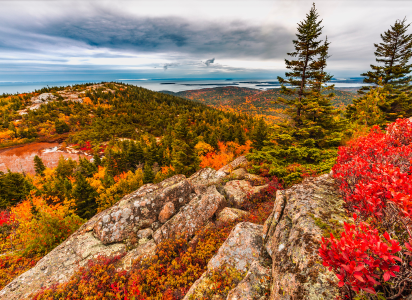
Acadia is located on the rugged coast of Maine and is known for its rocky coastline and beautiful lakes. Visitors can kayak through the park’s many waterways and see harbor seals, bald eagles, and other wildlife.
Acadia National Park is a stunning wilderness area located on the rugged coast of Maine. The park encompasses over 49,000 acres of diverse landscapes, including rugged coastline, pristine lakes, and lush forests. It is a popular destination for outdoor enthusiasts, offering a wide range of activities, including kayaking, hiking, and wildlife watching.
Kayaking is one of the most popular activities in Acadia National Park. Visitors can paddle through the park’s many waterways, including lakes, bays, and tidal rivers. Some of the most popular kayaking destinations in the park include Somes Sound, the only fjord on the East Coast, and the many lakes, such as Jordan Pond and Eagle Lake.
Paddling in Acadia offers visitors the opportunity to experience the park’s stunning coastal scenery up close. They can explore the park’s rocky shorelines and remote islands, spot wildlife such as harbor seals, bald eagles, and ospreys, and take in the beauty of the park’s pristine lakes and forests.
6. Apostle Islands National Lakeshore, Wisconsin

This park is located on Lake Superior and is made up of 21 islands. Visitors can kayak through sea caves, see shipwrecks, and spot a variety of wildlife, including black bears, wolves, and bald eagles.
Apostle Islands National Lakeshore is a breathtaking wilderness area located on the southern shore of Lake Superior in Wisconsin. The park is made up of 21 islands and over 12 miles of mainland coastline, offering visitors an array of landscapes to explore. The park’s most popular activity is kayaking, with visitors coming from all over the world to paddle through the area’s stunning sea caves and pristine waters.
One of the most unique features of Apostle Islands National Lakeshore is its network of sea caves. Visitors can paddle through the caves and tunnels, marveling at the intricate rock formations and crystal-clear waters. The caves are illuminated by sunlight, which filters through the water, creating a mesmerizing and unforgettable experience. Kayaking tours are available for visitors who want to explore the caves with a guide.
In addition to the sea caves, Apostle Islands National Lakeshore is also home to a number of shipwrecks that can be seen from a kayak. The park’s waters are notoriously treacherous, and over 50 ships have been lost in the area over the years. Paddlers can explore these shipwrecks, which are preserved in the park’s clear, cold waters.
Wildlife is abundant in Apostle Islands National Lakeshore, with black bears, wolves, and bald eagles among the many species that call the park home. Visitors may also spot river otters, beavers, and a variety of bird species, making the park a popular destination for birdwatchers.
7. Grand Teton National Park, Wyoming

Grand Teton is home to some of the most beautiful mountains and lakes in the country. Kayakers can paddle on the park’s clear lakes and see the towering peaks and abundant wildlife, including moose, elk, and bears.
Grand Teton National Park is a stunning wilderness area located in northwestern Wyoming. The park is home to the Teton Range, a stunning mountain range that includes the iconic Grand Teton peak, as well as over 300,000 acres of diverse landscapes, including pristine lakes, forests, and meadows.
Kayaking is a popular activity in Grand Teton National Park, with visitors coming from all over the world to paddle on the park’s crystal-clear lakes. Some of the most popular lakes for kayaking include Jackson Lake, Jenny Lake, and Leigh Lake. These lakes offer breathtaking views of the Teton Range, and paddlers can explore the park’s remote bays and inlets while enjoying the peace and solitude of the wilderness.
In addition to its stunning landscapes, Grand Teton National Park is also home to an array of wildlife, including moose, elk, bison, bears, and wolves. Paddlers may spot these animals while out on the lakes, or they can take a guided wildlife tour to learn more about the park’s diverse wildlife populations.
8. Biscayne National Park, Florida
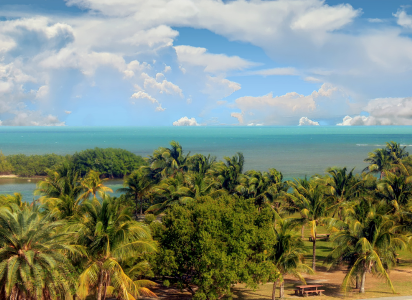
This park is located just south of Miami and is home to a diverse array of marine life. Kayakers can explore the park’s coral reefs and see colorful fish, sea turtles, and even manatees.
Biscayne National Park is a unique national park located in southern Florida. The park is comprised of over 170,000 acres of water and islands, and it is home to one of the largest coral reefs in the world. The park is a popular destination for kayaking and other water-based activities due to its calm, clear waters and diverse array of marine life.
Kayaking in Biscayne National Park is an excellent way to explore the park’s unique ecosystem. Visitors can paddle through the park’s shallow, turquoise waters and explore the mangrove forests, tidal flats, and seagrass meadows. Along the way, kayakers can spot a wide range of marine life, including colorful fish, sea turtles, manatees, and even dolphins.
One of the most popular activities for kayakers in Biscayne National Park is exploring the park’s extensive coral reefs. These reefs are home to a wide variety of marine life, including colorful fish, sea fans, and sponges. Paddlers can explore the reefs by kayak and snorkel, or they can join a guided tour with a local expert to learn more about the park’s unique marine ecosystem.
Conclusions
These are just a few of the many national parks in the United States that are great for kayaking. Whether you’re a beginner or an experienced kayaker, there is a park out there that will provide an unforgettable paddling experience.
